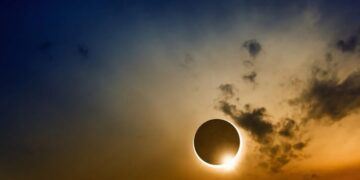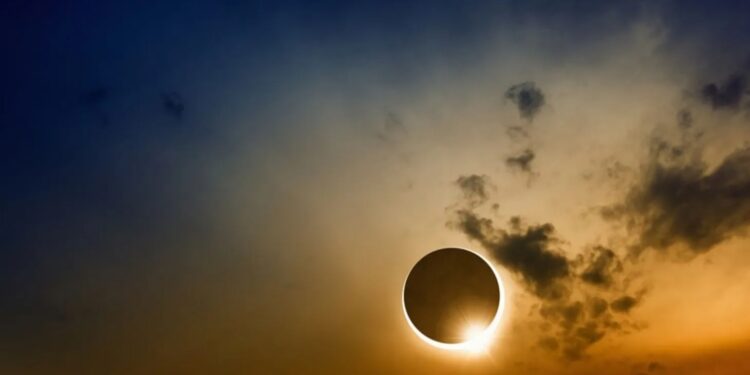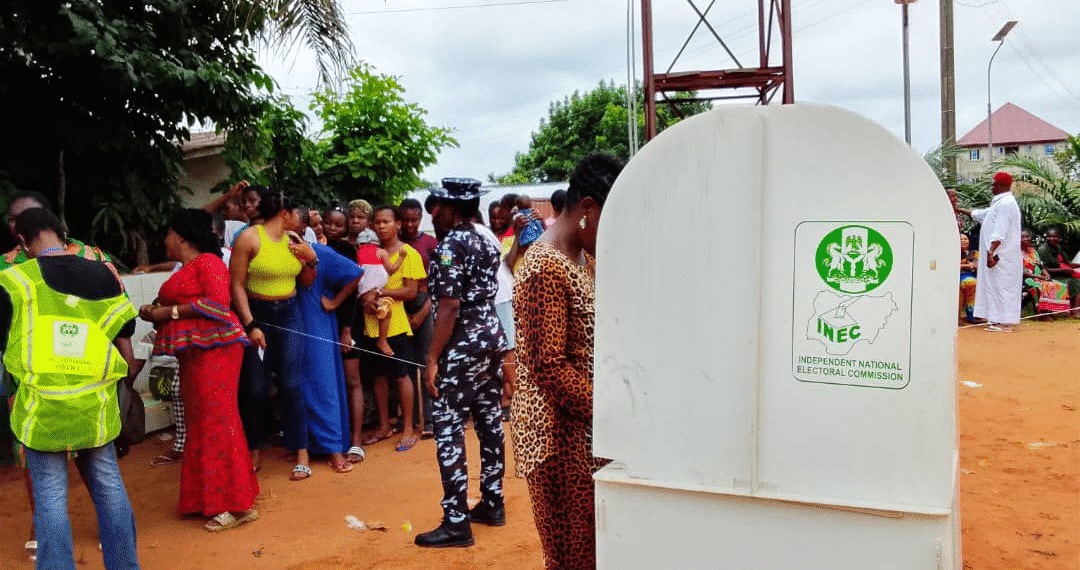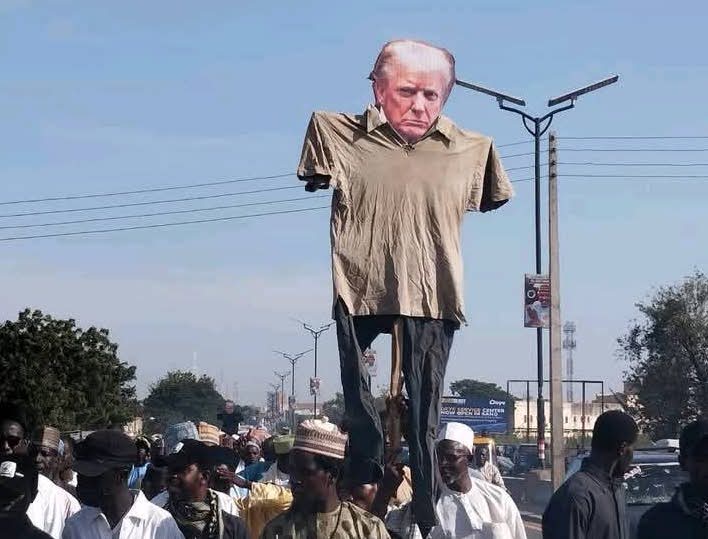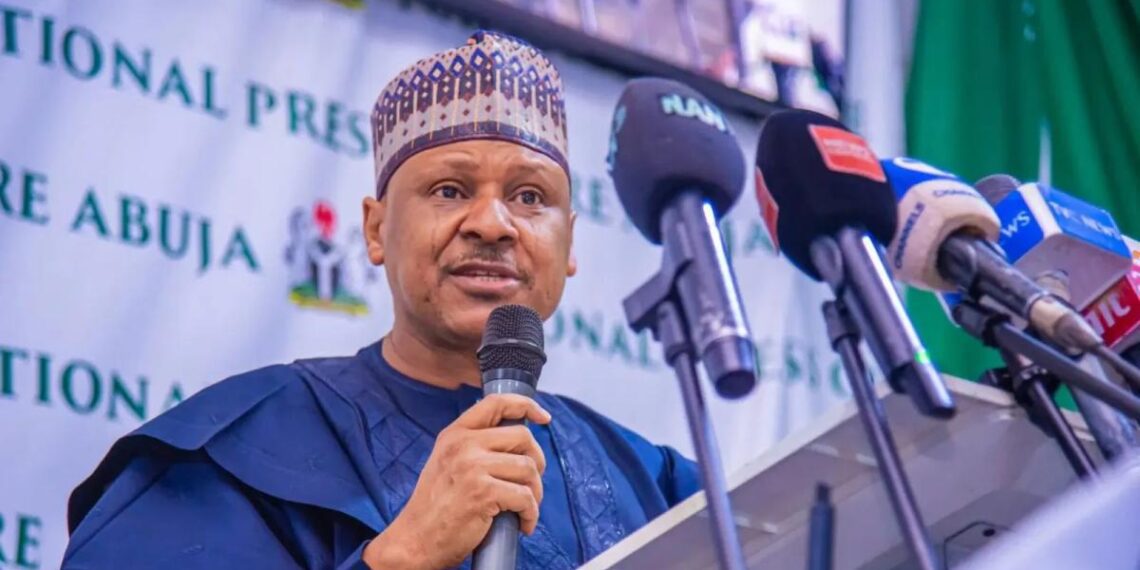According to the NTA, the eclipse will last approximately 83 minutes and is expected to begin around 8 pm Nigerian time.
Scientists explain that the eclipse will be visible across most parts of Africa, with some regions able to enjoy the entire event.
Countries expected to witness the rare celestial phenomenon include Nigeria, Ghana, Cameroon, Gabon, Equatorial Guinea, Benin, Togo, Niger, and Chad.
However, experts note that the westernmost areas may miss some early penumbral or partial phases due to the Moon rising closer to or during totality.
Scientists also confirm that viewing a lunar eclipse is completely safe with the naked eye.
A total lunar eclipse occurs when the Sun, Earth, and Moon align perfectly, with the Earth positioned in the middle, casting its shadow on the Moon.
Although such events are considered rare, Nigeria has experienced them multiple times in recent years.
On March 29, 2006, a total solar eclipse was witnessed in eight Nigerian states, including Ibadan, Abuja, Minna, Lagos, Kaduna, Abeokuta, and Katsina, lasting just under three minutes.
Similarly, on November 3, 2013, a partial eclipse was visible across several Nigerian cities in the north, central, and southwest, including Abuja, Ilorin, Kaduna, and Lagos.
Another notable event occurred on July 27, 2018, when Nigeria experienced a total lunar eclipse. According to the National Space Research and Development Agency (NASRDA), the eclipse began at 6:44 p.m. as a partial eclipse, transitioned to a total eclipse at 7:30 p.m., and was fully visible in Lagos.
